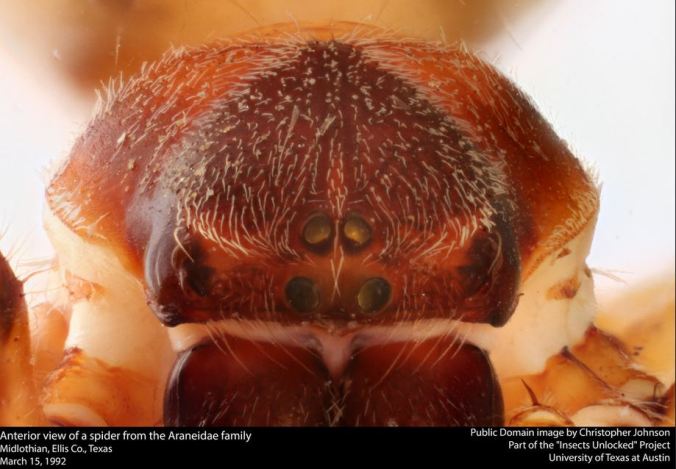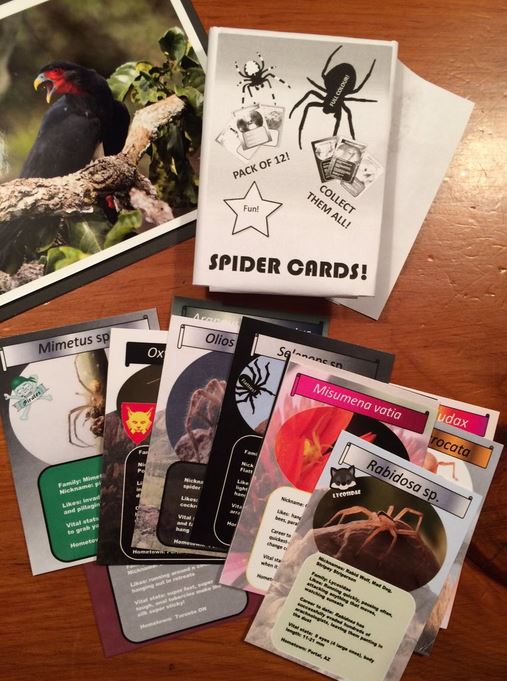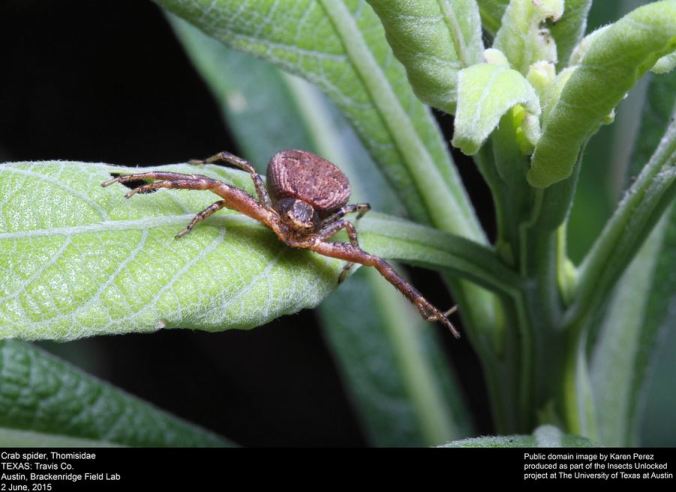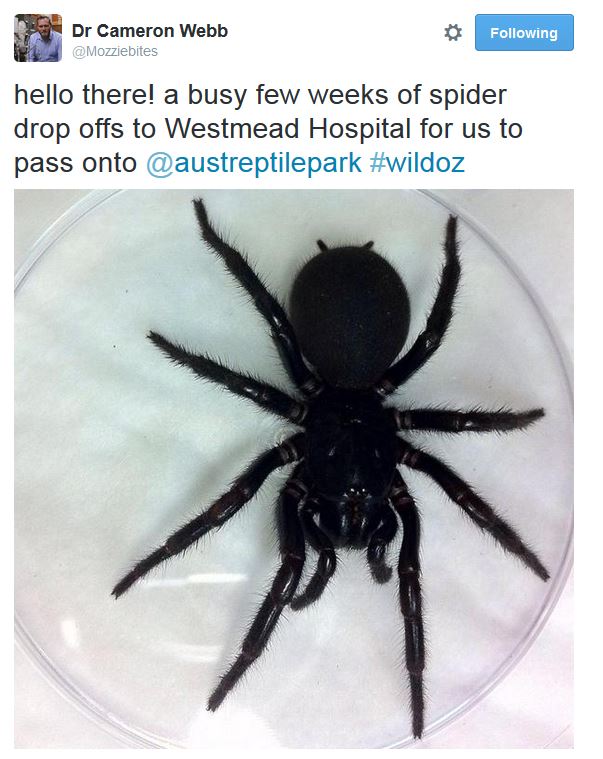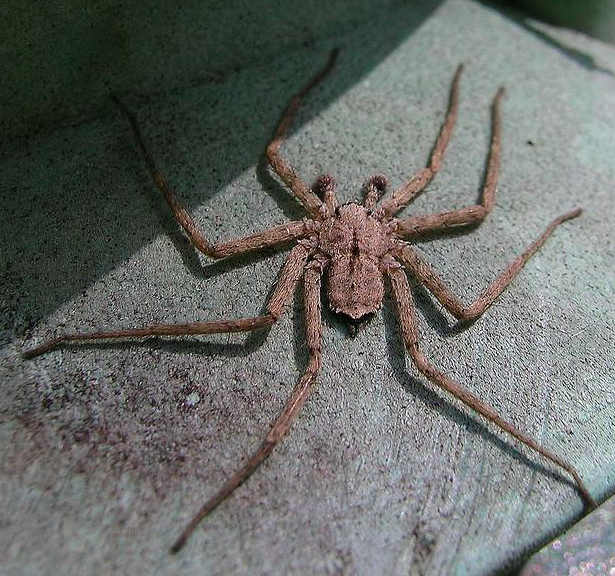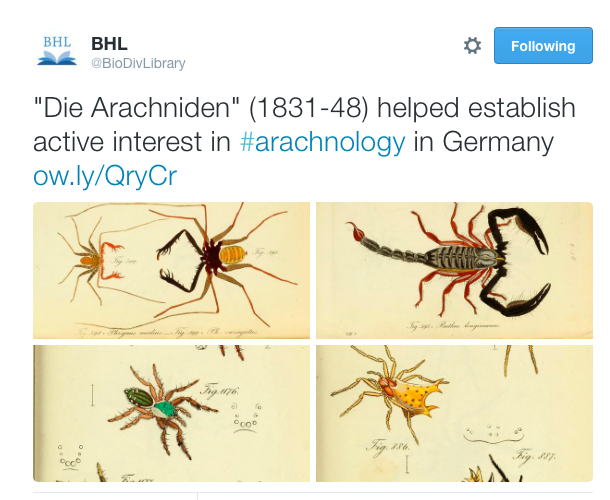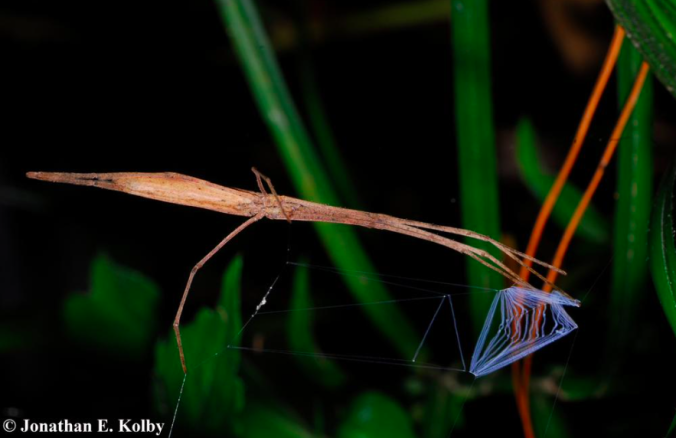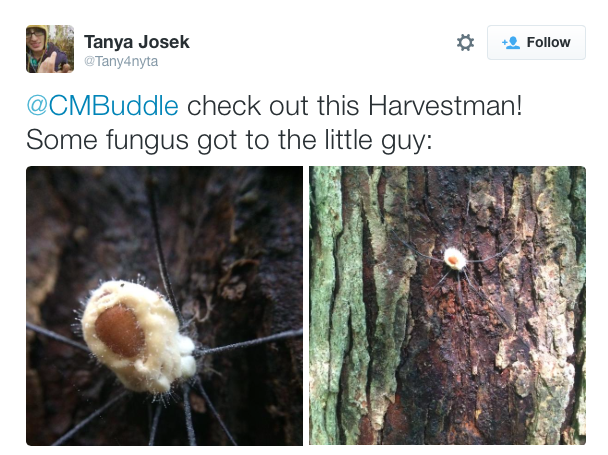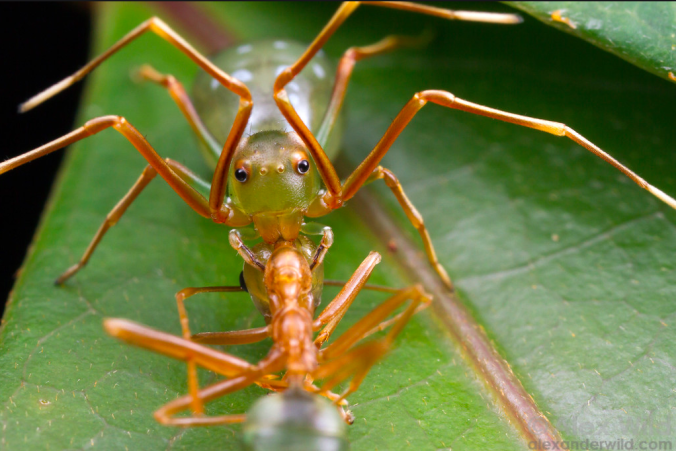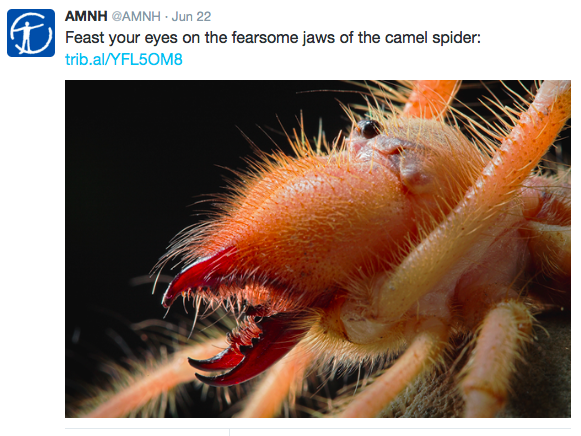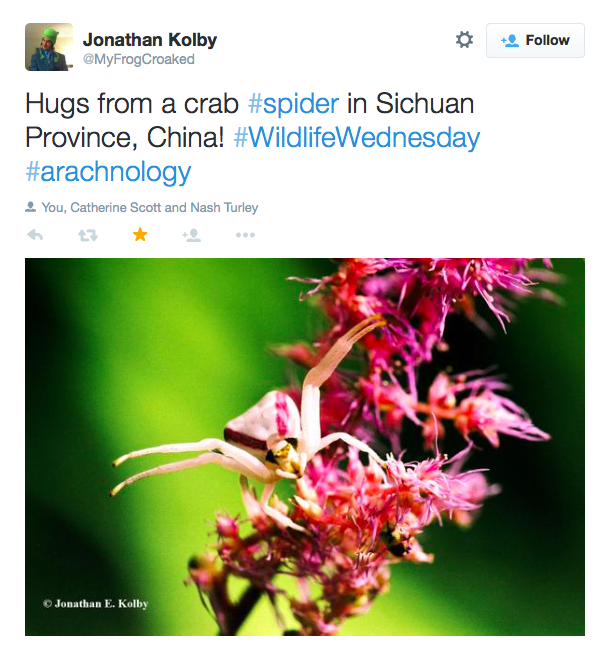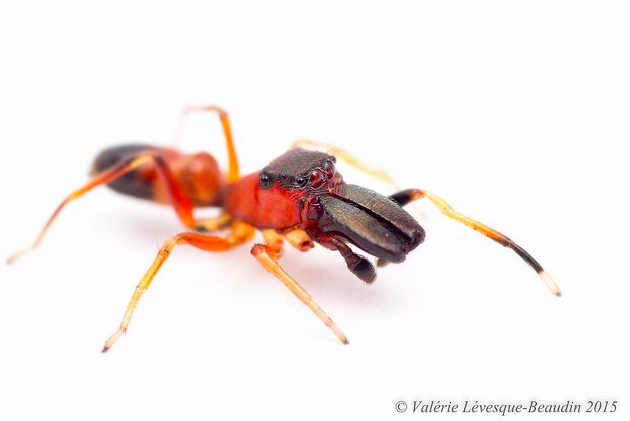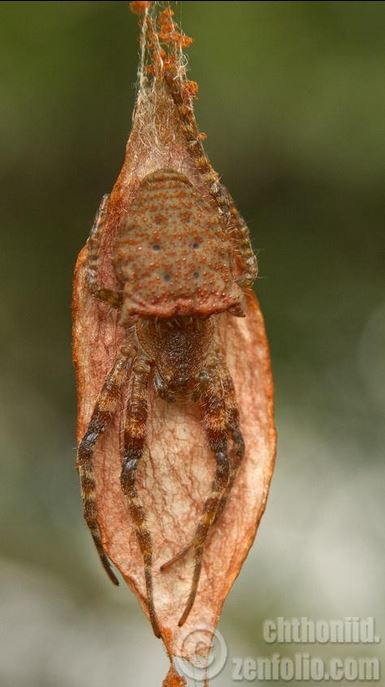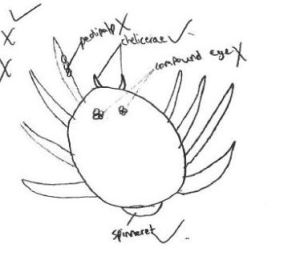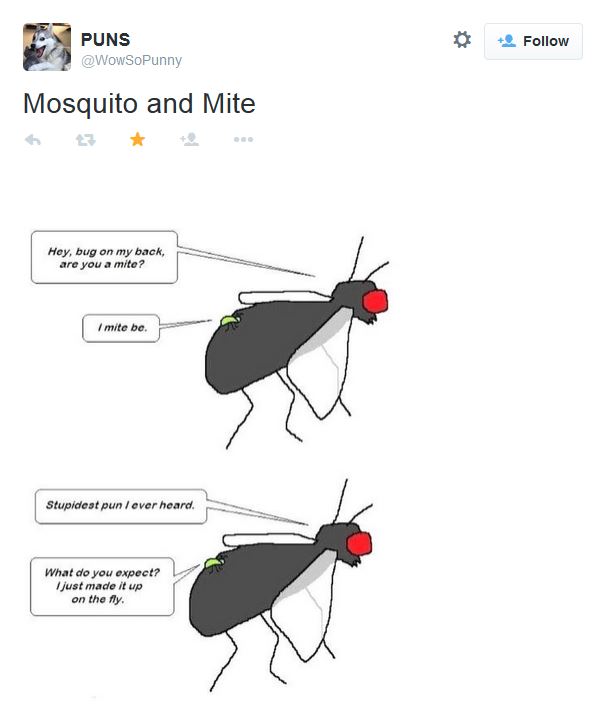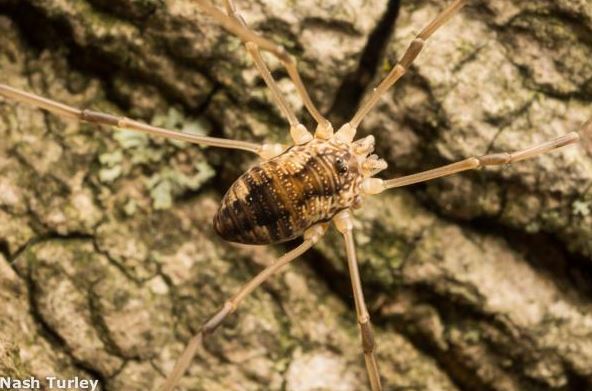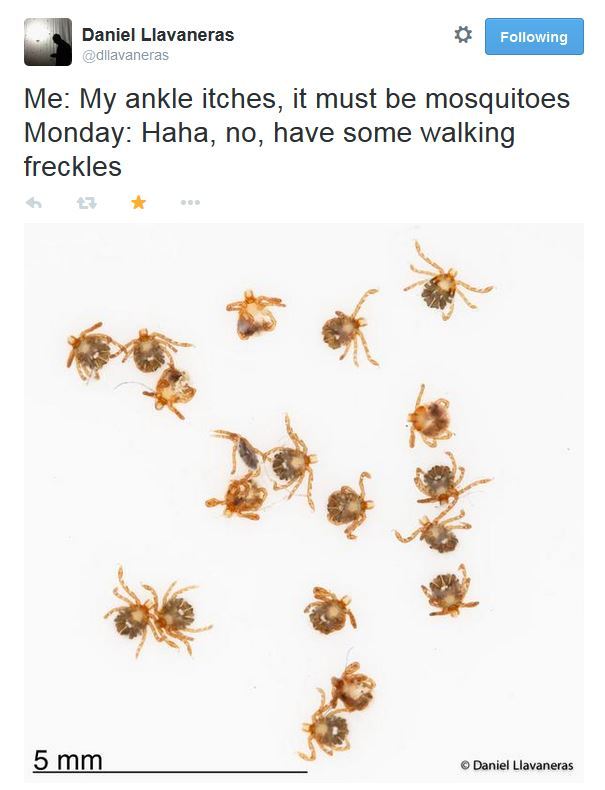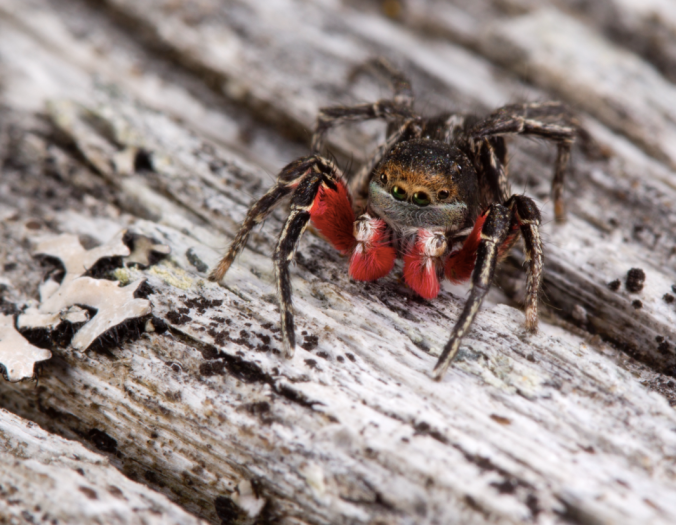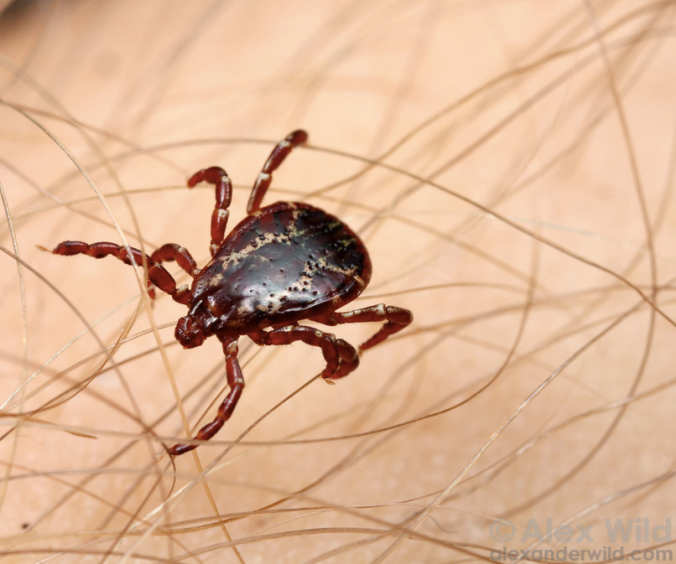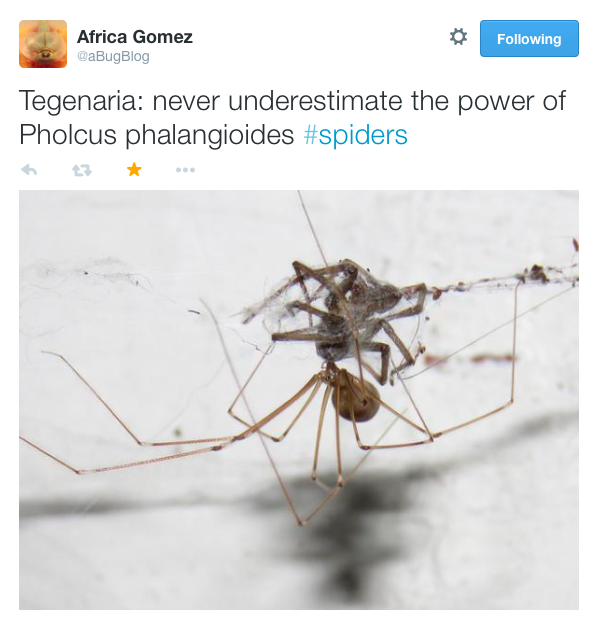I know, I know… it’s been too long since the last SPIDERDAY post! The end of term proved busy, but I’m trying to get back on track. So: here are some of the best arachnid-themed stories of the past couple of months. I hope you enjoy all the eight-legged greatness! Let’s start things off with a beautiful photo:

Zora hespera, photo by Sean McCann
- The photo, above, is in this great post about “wolf-like” prowling spiders. It’s my read of the month.
- Ballooning spiders and deep evolutionary branches
- Unusual oral sexual encounters with Darwin’s Bark spiders.
- Yay for peacock spiders! They help the media produce some positive stories about spiders.
- Unfortunately, stories like this don’t help: SPIDERS ON A PLANE!!!
- The Excavator Spider.
- From Tasmania… Flooding rivers affect spiders: the evidence is all the silk from their ballooning.
- On the importance of vision for the net-casting spider.
- Ridiculously long spiders. That is all.
- A lovely video about the amazing arachnologist, Norman Platnick.
- Fascinating: how Tarantula venom might eventually help those who suffer from IBS.
- Incredible product from spiders: How spider silk stays tense.
- Just check out this amazing jumping spider art (here’s the Etsy shop):
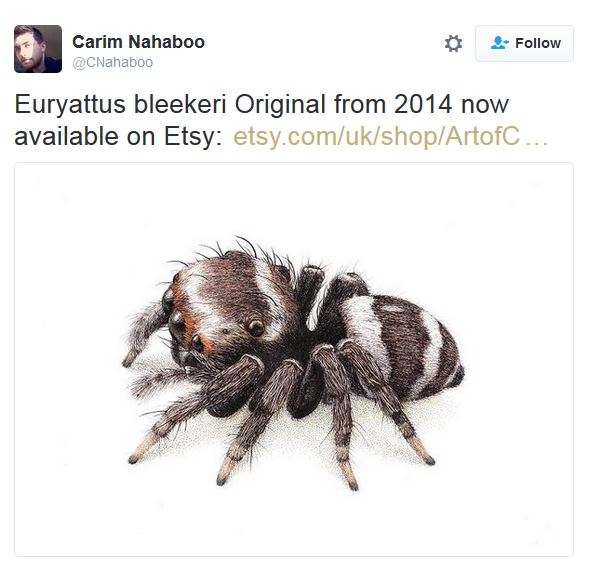
- Truly amazing Mites. More folks should study these arachnids.
- Mite-look-a-likes: new species of Mite Harvest
menpersons from Australia - For the scorpion enthusiasts: new species from California.
- What a great resource for the UK: illustrated key to British pseudoscorpions.
- A great resource for Arachnophiles from western Canada.
- The awesomeness of huntsman spiders.
- Citizen science, spider style: Prince Edward Island is the winner
- Venomous (southern) spiders hiding in a (northern) museum.
- Snake pretends to be a spider, to catch a prey. Wow.
- A Festschrift for Robert R Jackson. Great looking suite of papers.
- Neat looking paper: how leaf-dwelling jumping spiders find their microhabitat (using visual cues)
- Jumping spiders, getting flirty. Here’s the video:
